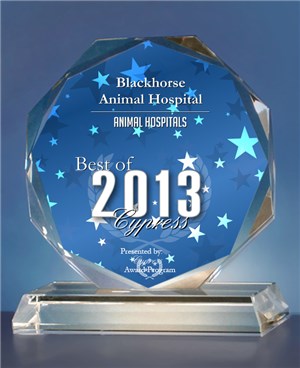Library
-
Alternative diets cover a range of options that target specific canine nutritional needs. While some alternative diet options include certain ingredients like novel protein sources, others exclude certain ingredients like grains. Determining which diet is best for your dog should include a discussion with your veterinarian, as there is no documented data that alternative diets are any better for the average dog compared to conventional diets.
-
Breed-specific diets are a category of commercial pet feeds available for dogs and cats that are formulated to accommodate various breed predispositions. This article provides a concept overview of these diets, including what they are and what benefits they may serve. Specific examples are reviewed in brief to illustrate case scenarios for common canine and feline breeds.
-
Veterinarians generally agree that there is no single best food for all dogs or all cats. Our pets are individuals: some will prefer dry kibble, while others will prefer wet or canned food. Pet owners may also have preferences related to cost, convenience of shopping, and how a particular pet food manufacturer conducts their business. This handout briefly outlines key aspects of selecting the most appropriate food and water for your dog or cat.
-
Many veterinarians, including nutritionists and behaviorists, believe it is important for dogs and cats to express their natural foraging and hunting behaviors. For pets living indoors, this can be difficult, and the lack of this stimulation can sometimes lead to behavior problems. Enriching a pet's environment with food toys and puzzles at mealtimes can fulfill the need to forage. The use of toys, puzzles and other novel methods of food delivery can also be effective ways to increase daily movement in overweight or inactive pets.
-
Dogs and cats have different nutrient requirements, which is why separate commercial pet foods are made for each species. Even pets of the same breed or body weight have unique calorie needs, so pet parents should feed them in separate bowls to avoid having any pets gain or lose weight. Diets designed for young growing puppies or kittens are different from adult dog or cat foods, so pups/kittens should be fed separately from adults until around the age of 11-12 months. Body condition scoring should be a part of regular monitoring to make sure each pet does not gain (or lose) weight.
-
Interactive feeders that require a pet to think and work for their food call upon pets’ natural instincts to hunt or forage. Besides being fun, these food puzzles may help both physical and behavioral problems in cats and dogs. When used correctly, interactive feeders may benefit pets that eat too quickly, become bored when alone, or suffer from separation anxiety.
-
Skin and gut issues are problematic and can be caused by many things, including food allergies. The best way to identify food allergies is through an elimination-challenge diet trial, in which you eliminate potentially allergenic foods and treats for the length of the diet trial, then methodically add foods back into the diet to determine response. If a food allergy is identified, avoiding the food usually results in a good outcome, although some dogs develop new allergies in later years.
-
Once a pet has lost some weight, the new goal is to make sure that excess weight stays off. Pet parents who partner with their veterinary health care team for support and who focus on changing their behaviors often have the most success. Examples of some changes include using a different food or a different feeding method, focusing more on portion control, and incorporating some movement or activity time into each day. This article addresses several commonly asked questions about how to help a pet during the maintenance phase (after the weight has been lost).
-
Nutritional changes can improve the management and treatment of pancreatic diseases in dogs. To prevent chronic pancreatitis relapses, diet adjustments will be necessary. Diet factors for managing exocrine pancreatic insufficiency, diabetes mellitus, pancreatitis, and insulinoma are discussed. Recommendations for feeding diabetic dogs and approaching hypoglycemia are also described.
-
When the digestive tract is upset, vomiting and diarrhea may result. Since the causes of these symptoms are varied, it's best to consult a veterinarian. Often, a gastrointestinal (GI) diet is recommended to support the digestive tract and ensure the gut gets the nutrients it needs to recover. A bland diet of cooked chicken and rice might be recommended, but it has several limitations and is not appropriate for long-term feeding.



